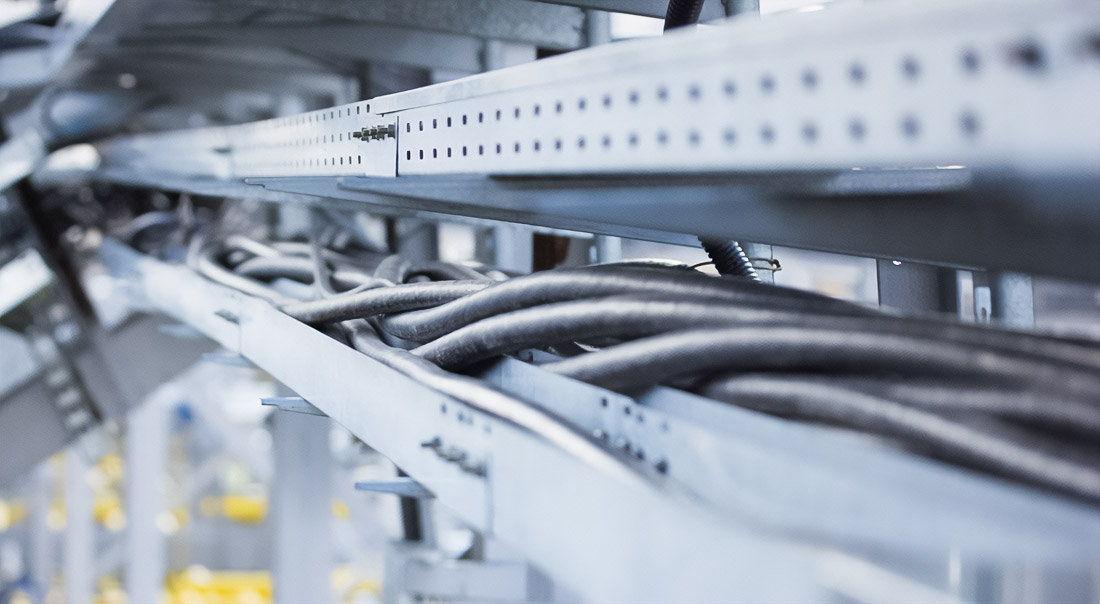
Breakthrough Technologies: How They Transform Education in the 21st Century
Technological progress continues rapidly to change all aspects of our lives, and education is no exception. In recent decades, we have observed how digital innovations have been implemented in educational processes, changing not only methods of teaching but the essence of learning. In the given article, we, in detail, will examine key aspects of the influence of technologies on modern education and also how they transform the role of teachers, methods of learning, and interaction between students. For example, the use of BonnGulf in educational institutions allows for improvement in the organization of infrastructure and provides a reliable connection to the Internet.
Technologies as Engine of Changes in Educational System

Technologies as Global Encyclopedia and Change of Role of Teacher
Modern technologies allow access to incredible volumes of information at any point in the world. The Internet has turned into a huge library where resources on any topic can be found, be it history, science, or art. This significantly has changed the role of the teacher, who, from only a source of knowledge, has turned into a guide, helping students to navigate the sea of information. Teachers are now obliged to develop students’ critical thinking skills, the ability to analyze data, and the ability to apply received knowledge in practice. According to statistics, more than 70% of teachers consider that new technologies help to improve learning.
Remote Learning: Revolution in Access to Knowledge
One of the significant changes has become the development of remote learning. Online courses and educational platforms, such as Coursera, EdX and Khan Academy, provide an opportunity to receive an education regardless of geographical location, opening access to lectures and educational materials of leading world universities for students from most remote corners of the planet. For example, more than 35 million students use Coursera to receive knowledge. However, remote learning requires high self-organization and motivation, which is a serious challenge. About 40% of students admit difficulties with discipline during online learning.
Interactive Technologies: Virtual and Augmented Reality
Interactive technologies, such as virtual and augmented reality, also find their application in education. They allow the creation of unique simulations and visualizations, which make the process of learning more visual and engaging. For example:
- Simulations will allow students “to visit” historical events and places, such as the battle of Waterloo or ancient Rome.
- Study of anatomy with the help of three-dimensional models of humans.
Such technologies help students understand the material and increase their desire to learn. Research shows that students who use interactive technologies master material 30% faster. Virtual reality is already actively used in educational institutions for the improvement of the perception of information.
Personalization of Learning Process with Artificial Intelligence
Technologies also contribute to the creation of personalized programs of learning. Systems of artificial intelligence analyze the performance of students and offer individual programs adapted to their needs and level of preparation. This allows each student to move at their own pace, paying more attention to those topics that cause the greatest difficulties. More than 60% of students note improvement in results thanks to such an approach.
Drawbacks and Challenges: Digital Inequality and Health of Students
Together with the advantages of technologies, there are drawbacks. One of the main problems is digital inequality. Not all students have equal access to modern devices and high-speed Internet. This creates barriers to equal opportunities and can increase the gap in the level of education between various social groups. More than 20% of families in developed countries do not have access to high-speed Internet. Besides, excessive use of technology can negatively affect the health of students, particularly their vision and psychoemotional state. Research shows that about 25% of students experience stress due to excessive time spent in front of screens. Researches show that digital inequality can exert a long-term impact on educational results.
Data Security: When Education Goes Online
With the increase in the use of online platforms arises the important questions about the security of data. Risks of student personal information leakage increase, requiring the adoption of strict measures to ensure security and confidentiality. Only in 2022, more than 700 incidents of cybersecurity were recorded in the educational sphere.
Readiness for Future: Path to Interactive Education
Technologies exert a huge impact on modern education, providing new opportunities and opening new challenges. Educational institutions need to adapt to new realities. Teachers should constantly improve their qualifications for the effective use of new tools in the educational process.
States and educational organizations should invest in the development of digital infrastructure and create conditions for equal access to technology. Only so we can prepare a new generation for life in a rapidly changing world, where knowledge and skills will play a key role.
Basketball fan, Shiba Inu lover, DJ, writer and designer of various specialties. We work at the intersection of simplicity and informatics to save the world from bad design. Sometimes I do random things with friends. I am developing my own business.
